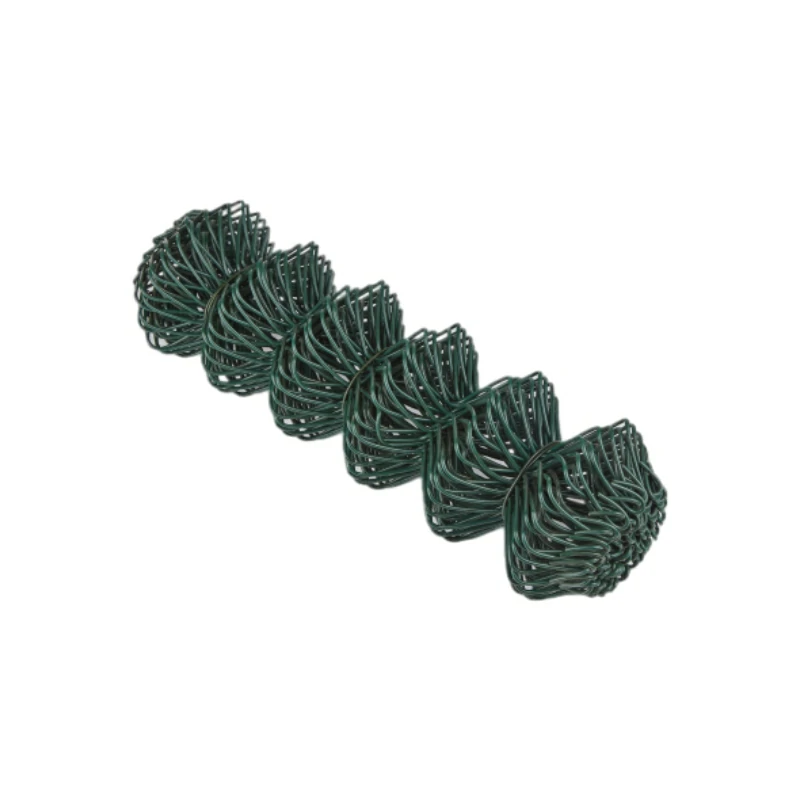Understanding Expanded Metal Mesh Thickness
Expanded metal mesh is a versatile material widely used in various industrial and architectural applications. Its structure consists of a sheet of metal that has been cut and stretched to create a mesh-like appearance with diamond-shaped openings. The thickness of the expanded metal mesh plays a crucial role in its performance, strength, and application suitability. In this article, we will explore the significance of thickness in expanded metal mesh, its impact on properties, and the factors to consider when selecting the appropriate thickness for specific needs.
Thickness and Its Implications
The thickness of expanded metal mesh is typically measured in gauges or millimeters, and it directly influences the mesh's strength, durability, aesthetics, and functionality. Thicker meshes are generally stronger and more rigid, making them suitable for high-load applications, such as walkways, safety barriers, or industrial screens. Conversely, thinner meshes offer increased flexibility and lighter weight, which can be advantageous for decorative purposes or where minimal weight is desired.
One of the primary factors to consider when assessing mesh thickness is the material’s tensile strength. For instance, a thicker steel mesh will have a higher load-bearing capacity compared to its thinner counterpart. This becomes critically important in structural applications where safety and the ability to endure heavy loads are paramount. Additionally, the thickness can affect the mesh's resistance to corrosion and wear, particularly in harsh environments, which can dictate the longevity and maintenance requirements of the application.
Applications of Expanded Metal Mesh
Expanded metal mesh is used across a diverse range of sectors, including construction, automotive, aerospace, and architecture. In construction, thicker expanded metal is often employed for stair treads and walkways, providing stability and safety for heavy foot traffic. In contrast, thinner expanded metal may be utilized for decorative facade work, allowing for intricate designs while maintaining structural integrity. Furthermore, in industries such as agriculture, thicker mesh can be beneficial for creating robust cages or fences that endure prolonged exposure to the elements.
expanded metal mesh thickness

Selecting the Right Thickness
Choosing the right thickness for expanded metal mesh requires careful consideration of several factors. Firstly, one must analyze the specific application and the loads the mesh will need to support. Structural applications demand a thorough understanding of the forces at play, including dynamic loads, static loads, and environmental factors like wind and weather conditions.
Another important factor to consider is the desired aesthetic. For architectural applications, the thickness may influence not only the mesh's strength but also its appearance. Thinner meshes can provide a lighter, more airy look while allowing for greater visibility, whereas thicker meshes will provide a more substantial and rugged feel.
Additionally, the type of material used in the manufacturing of expanded metal can also dictate the appropriateness of the thickness. Stainless steel, aluminum, and carbon steel are common materials, each with unique properties and advantages. For instance, aluminum’s lightweight nature may allow for thinner designs without compromising strength.
Conclusion
Overall, the thickness of expanded metal mesh is a critical determinant of its performance and appropriateness for specific applications. Understanding the relationship between thickness and factors such as strength, weight, and aesthetic appeal is essential in making informed choices for commercial, industrial, or decorative projects. By carefully considering these elements, one can maximize the benefits of expanded metal mesh, ensuring its effectiveness and longevity in various applications.
-
The Best Metal Mesh Solutions: Expanded Aluminum Metal vs. Expanded Stainless Steel Metal
NewsSep.10,2024
-
Round Perforated Sheets vs. Hexagonal Perforated Sheets vs. Embossed Perforated Sheet Metal
NewsSep.10,2024
-
Perforated Metal Sheets
NewsSep.10,2024
-
Experience The Excellence Of Stainless Steel Grating
NewsSep.10,2024
-
Discover the Versatility Of Metal Mesh Expanded Forming Machines
NewsSep.10,2024
-
Discover The Advantages Of Steel Grating For Sale
NewsSep.10,2024
Subscribe now!
Stay up to date with the latest on Fry Steeland industry news.

